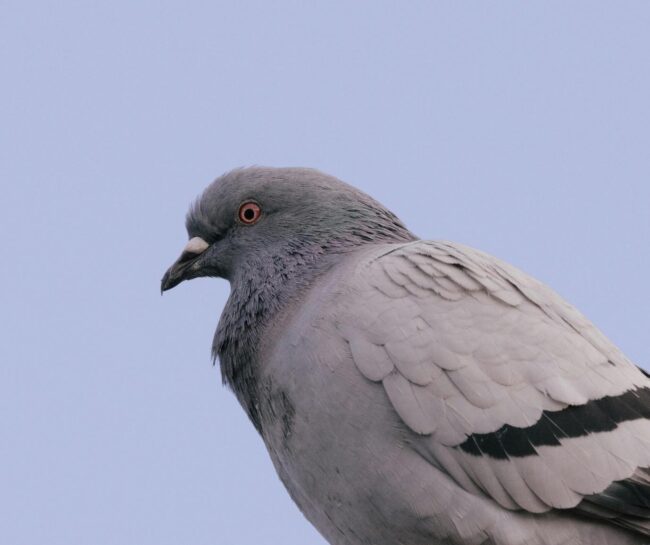The problem of bird invasions is a headache, particularly when it comes to the affected persons, houses, and crops. Some of the birds that mostly destroy property include pigeons, sparrows, and seagulls which may affect buildings and crops and also destroy the stored goods. These not only pose a nuisance to the environment through shedding dirty substances but also pose health risks in a given environment. One of the most effective and humane ways to prevent birds from accessing certain areas is by installing anti-bird netting. It gives long-term solutions to these birds and does not pose any threats to the lives of the birds; hence it becomes popular among the property owners.

Bird netting is a physical barrier that prevents birds from entering specific areas such as gardens, warehouses, rooftops, and balconies. Compared to spike strips or ultrasonic devices, netting allows no room for birds to either sit or breed in specific areas as they are covered wholly. It is seen in farms to guard crops from birds and in business premises where birds are likely to perch on A.C. units, vents, or ledges.
How Does Bird Netting Work?
Bird netting is designed to create an impassable barrier, effectively blocking birds from accessing a designated space. It is usually made from polyethylene or nylon since these materials can effectively endure the test of the vagaries of weather conditions. It is available in different mesh sizes whereby one can be in a position to choose the right size depending on the type of bird needed to be repelled. Small mesh size is most appropriate for use with sparrows and other small birds, and medium size with pigeons and seagulls among other large birds.
Types of Bird Netting and Their Applications
There are various types of bird netting available, each designed for specific purposes. Thin and small mesh fabric netting is normally applied in gardening and farming to prevent birds from attacking and grabbing fruits and vegetables. In this kind of coverage, the netting is easy to place over the plants and can be easily removed when the need arises. Hence there is the heavy-duty industrial strength netting that is more appropriate for commercial or residential structures. It is fixed with an anchoring system which is cables or hooks hence a long-lasting bird control system.
For agricultural purposes, bird netting is essential in vineyards and farms where birds can destroy entire harvests. Large pieces of netting can be employed by farmers to guard crops against bird invasion since the birds consume grains, and berries among others. Bird netting is often placed around balconies, rooftops, and warehouses in urban areas to prevent birds from nesting and causing structural damage.
Key Considerations When Choosing Bird Netting
When selecting bird netting, it is important to consider the durability of the material, the size of the mesh, and the method of installation. The type of netting to be used should be of a good standard that cannot be easily damaged by ultraviolet light also the net should be effective in thwarting the bird menace. The installation method also plays a crucial role in the effectiveness of bird netting. This will ensure that the birds cannot find any place, through which they can gain access into the protected area.
Conclusion
Anti-bird netting is a humane and effective method to prevent birds from causing damage to properties, gardens, and agricultural fields. It can be installed in numerous locations and can be spread over a farming ground to keep birds away from laying eggs or sitting on a building. There are various types of netting for the owners of such properties as they have a choice to apply the best suited one to the specific condition. By investing in quality bird netting and properly installing it, individuals and organizations can ensure bird-free surroundings without having to rely on damaging control measures.
